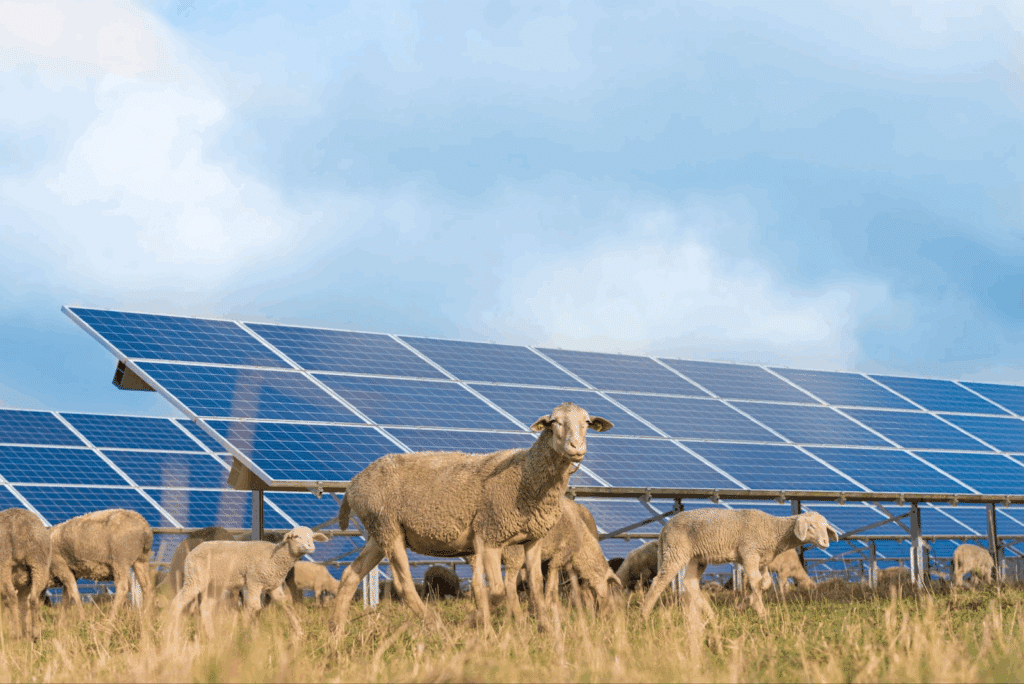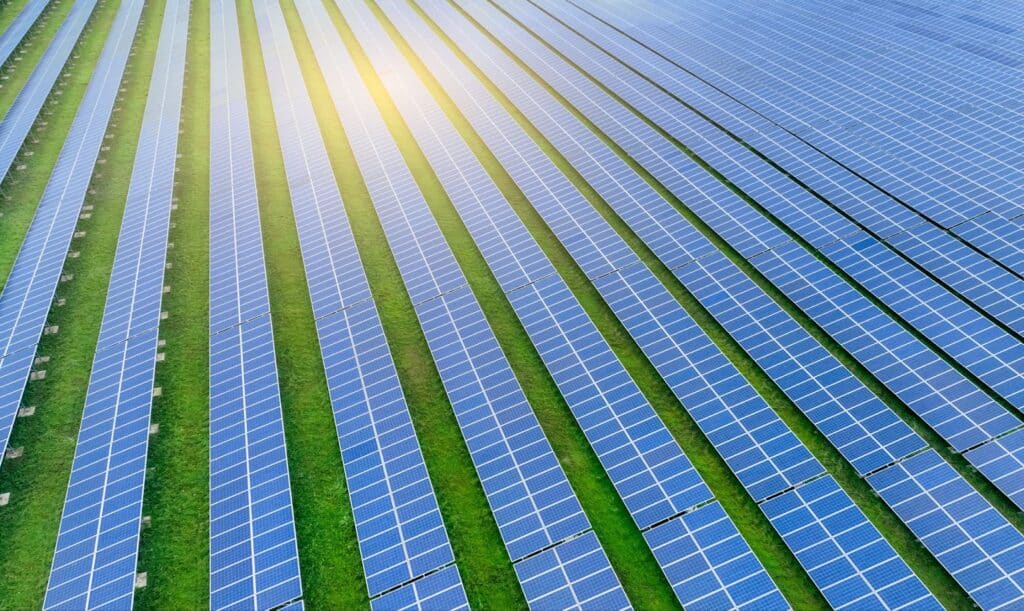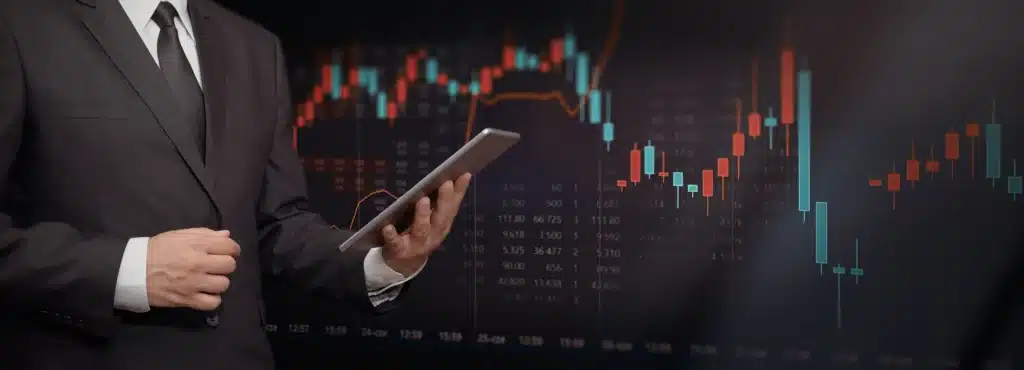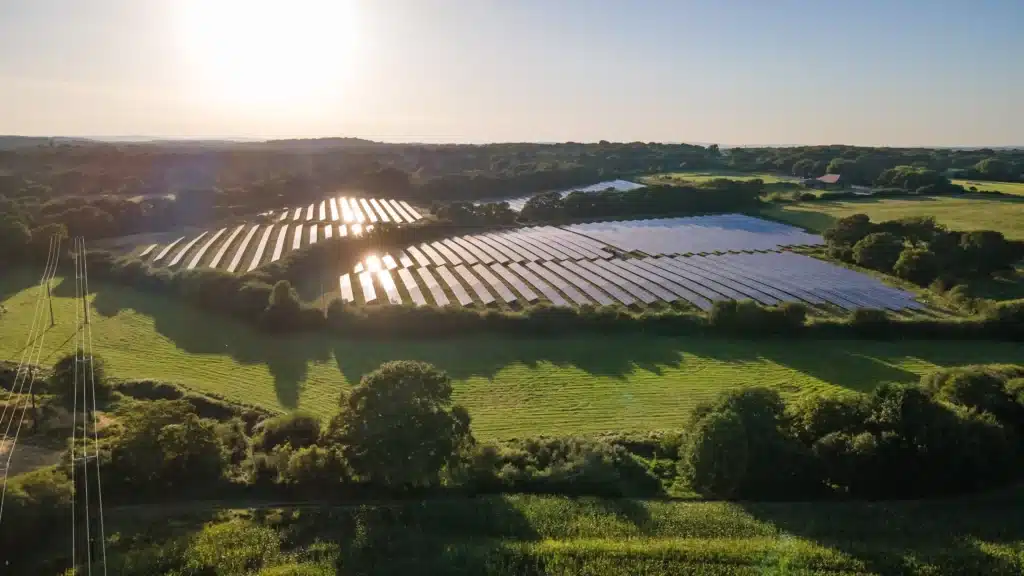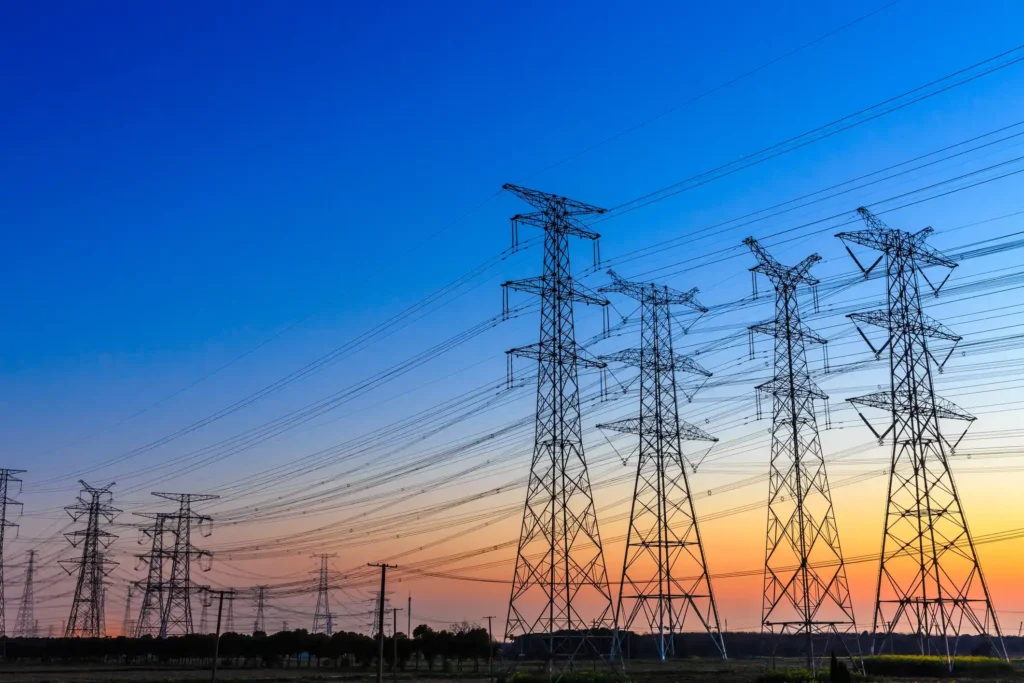What Are ESG Metrics and Why Do They Matter?
We know what ESG is, but how exactly is it measured? This article breaks down the various methods and criteria used to determine ESG scores and how it relates to your investment portfolio.
What Are ESG Metrics and Why Do They Matter? Read More »
